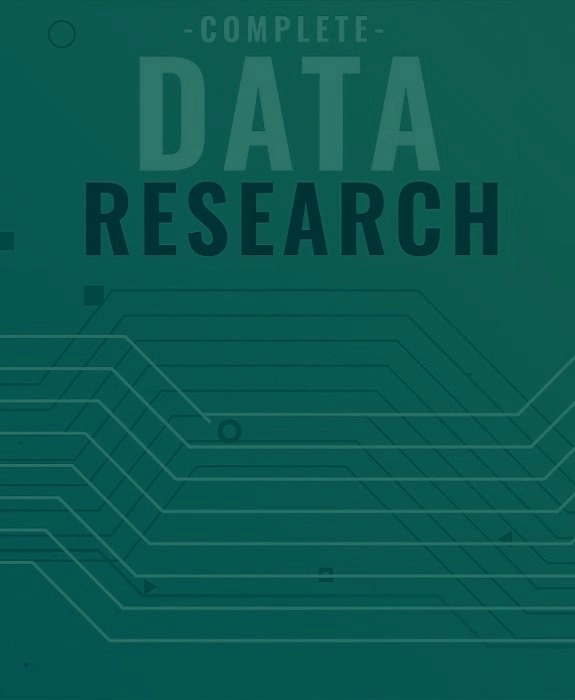Table of Contents
In the information age, data is everything, so it’s no wonder that positions like ‘data scientist’ and ‘data engineer’ have been created. While these are new job titles, the core work has existed for a while in the form of data analysts. In the past, anyone who analyzed data would be known as a data analyst and anyone who created backend support platforms to handle the data analysis would be known as a ‘business intelligence (BI) developer.
However, with the emergence of big data, the requirement to handle large volumes of data by corporations and research facilities grew and so did the requirement for data scientists and engineers. Below is a quick guide to the different roles in the world of big data.
1.The Data Analyst
Analysts have been churning out all forms of data into manageable chunks of information and processing this into reports and visual representations. They also tend to have a strong understanding of professional tools to solve problems and help guide business decisions. From pie charts to bar graphs, visual representations can be very useful in helping to make decisions about complex problems when there is an excess of information to process. However, don’t expect data analysts to analyze big data. They aren’t generally equipped to know the mathematics or have the technical know-how to tackle and develop complex algorithms for specific problems.
Core skills: Statistics, data munching, data visualization and exploratory data analysis.
Tools used: Microsoft Excel, SPSS, SPSS Modeler, SAS, SAS Miner, SQL, Microsoft Access, Tableau, SSAS.
2.The business intelligence developers
BI developers are data experts and work with internal stakeholders to understand reporting needs. They then proceed to collect requirements, design and build business intelligence and reporting solutions. They are also tasked with designing, developing and supporting new and old data warehouses, ETL packages, dashboards and analytical reports. They work with SQL to integrate data from different sources. However, BI developers don’t perform data analysis.
Core skills: ETL, developing reports, OLAP, cubes, web intelligence, business objects design.
Tools used: Tableau, dashboard tools, SQL, SSAS, SSIS and SPSS Modeler.
3.The data engineers
These engineers create the infrastructure to be analyzed by data scientists. They are software engineers who design, build, integrate and manage big data. They generally work on optimizing the performance of the big data ecosystem within a corporation and ensuring everything is easily accessible and working smoothly. Using tools like MySQL or MongoDB they might run Extract, Transform and Load (ETL) on top of large datasets and create data warehouses which can be used for reports and analysis by the data scientists. Data engineers keep themselves busy with the design and architecture of the whole ecosystem and don’t generally dabble with machine learning.
Core skills: Hadoop, MapReduce, Hive, Pig, Data streaming, NoSQL, SQL, programming.
Tools used: DashDB, MySQL, MongoDB, Cassandra.
4.Finally the data scientists
There are many sources on the internet that hail the data scientist as modern day alchemists turning raw data into purified insights. While that may be a bit of an exaggeration, it’s not too far from the truth! Statistics, machine learning, and analysis are the main tools of a data scientist. These tools can be used to solve critical business problems. Turning large rivers of big data into valuable and actionable insights is no easy task. Data science is an evolution of the data analysis done in the past few years improving on it with automation and machine learning. Data scientists are expected to be veteran programmers with an ability to design new algorithms on the fly. There is a huge demand for these individuals these days.
But what’s the point of all these actionable insights if it cannot be visualized properly? In fact, one of the expectations from this job is to be able to visualize the results of their findings using apps, or other technologies. For example, think of the Jarvis UI from the Iron Man movies. Narrating interesting stories about the solutions to their data or business problems becomes part of the job.
Data scientists are also required to understand traditional and new data analysis methods to build statistical models and discover patterns in data.
Stay ahead of the game with our helpful resources

4 digital solutions to address common application performance issues
High network latency, memory leaks, slow page loads, heavy CPU usage, and unresponsive servers are all typical performance issues we’ve experienced at some point when using or accessing digital applications. With how easy they occur in projects across verticals, you might be wondering whether the development teams behind these programs have done enough due diligence prior to the release. But human errors and oversight aren’t always the culprit. The reality is that while developers can strive to develop a fully functioning program with virtually no apparent faults upon delivery, no software is truly error-free. Even the most rigorously tested applications

6 useful tips for creating more robust application lifecycle management
As digital technology becomes the norm, software acquisition is now key to gaining a competitive edge in today’s market. Be it as a value offering tailored to consumers or a productivity tool to run complex processes, custom software undeniably helps companies drive growth and deliver value more efficiently. Just as necessary as having a proprietary application is prescribing a standard procedure to govern and maintain its utility. This is to ensure that your business can develop or adopt the right type of software—one that can fully cater to your business needs while keeping disruption to a minimum across critical milestones.

5 major roadblocks businesses must overcome when transitioning into a new software environment
As the business landscape becomes increasingly saturated, staying ahead of the curve often means embracing disruptive technologies to meet the fickle market demands. In most cases, this entails knowing when to pivot your current strategy to an entirely new solution. But recognizing the importance of digital shift is one thing; implementing the necessary IT upgrade is another. A global survey by Deloitte has found that although 87% of companies manage to identify the impact of digital trends on their industries, only 44% have adequately prepared for the coming disruptions. This vast disconnect between organizational expectations and conditions in the field

Is cloud computing the answer to better software development?
Cloud computing is perhaps not a term often heard in daily conversations, but it is one with a far-reaching impact on our technological needs. From expansive options of online data storage to numerous suites of web-based productivity tools like Google Workspace, nearly everyone has used a cloud-enabled technology. Over the last decade, this high degree of versatility also underpins the rapid cloud uptake among businesses. In fact, one survey has found that 94% of companies have already shifted their computing workloads on cloud platforms to varying extents. Unsurprisingly, the market size for cloud technology continues to grow exponentially. With a



